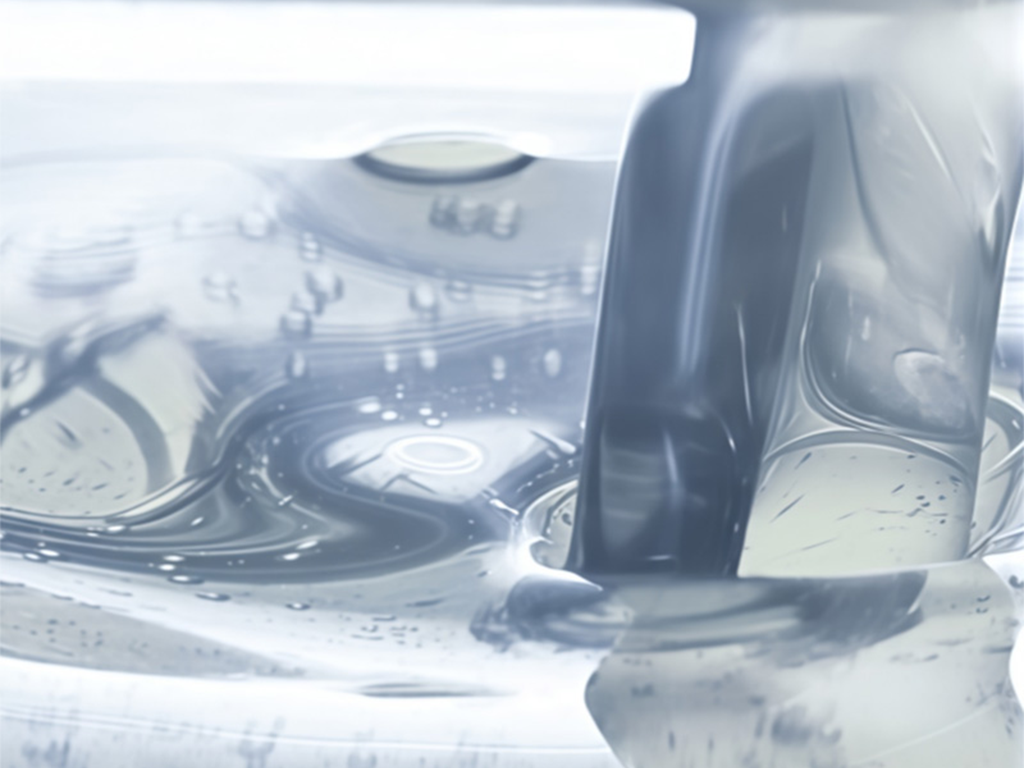Acrylate polymer cost reduction involves optimizing production processes, raw material sourcing, and formulation efficiency to lower manufacturing expenses without compromising product performance. Key strategies include raw material optimization: selecting cost-effective monomers (such as a balanced blend of 2-ethylhexyl acrylate and methyl acrylate) that maintain polymer properties while reducing per-unit costs. Bulk purchasing of monomers, leveraging relationships with suppliers like E Plus Chemical Co., Ltd., can secure volume discounts and stabilize prices. Process optimization is another critical area: implementing fully automated production lines reduces labor costs and minimizes waste, while improving energy efficiency (e.g., using heat recovery systems in polymerization reactors) lowers utility expenses. Catalyst optimization, such as using more efficient or reusable catalysts in polymerization, reduces chemical consumption and waste disposal costs. Formulation efficiency involves minimizing the use of expensive additives (e.g., specialty crosslinkers) by maximizing the performance of base monomers, or developing high-solids formulations to reduce solvent usage and associated handling costs. Waste reduction strategies, such as recycling unreacted monomers through distillation or reprocessing off-spec batches, further lower costs. Additionally, lean manufacturing principles, such as streamlining inventory management to reduce storage costs and implementing predictive maintenance to minimize downtime, contribute to overall cost efficiency. For producers like E Plus Chemical, which manufactures acrylate polymers using advanced catalytic polymerization technology, scaling production (via its 240,000-ton annual resin capacity) achieves economies of scale, spreading fixed costs over larger output. These strategies collectively enable acrylate polymer manufacturers to offer competitive pricing while maintaining the quality and performance required for applications in adhesives, coatings, and plastics.
